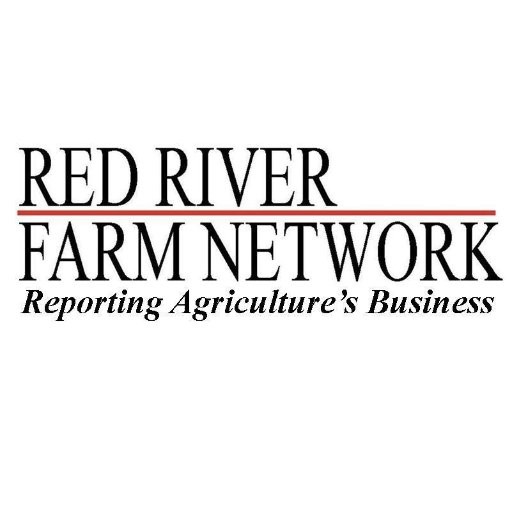On Wednesday, President Donald Trump and Chinese Vice Premier Liu He signed phase one of the U.S.-China trade agreement at the White House. Randy Koenen, farm broadcaster with the Red River Farm Network, said everyone feels it’s a step in the right direction but that hasn’t been evident in the markets thus far. “Everybody kind of agrees it’s a step in the right direction,” said Koenen. “That’s probably the biggest take home that we’ve gotten. Markets don’t seem to be too appreciative right now. They are a little disappointed, I think, that we didn’t see any big sales right off the bat and I’m thinking farmers are maybe feeling that same way. But for the most part, I think it’s a step in the right direction. There is still more that needs to be done and if we can get the whole thing done and signed here, I think we’d be better off. But all in all, I think it’s a step in the right direction that should be positive for some of our markets longer-term.”
As part of the agreement, China will purchase $32 billion dollars of agriculture products with the possibility of purchasing additional products. Koenen says it’s possible that China could be purchasing up to one-quarter of all U.S. agriculture products. “What we’re seeing is China promising to buy additional everything, from soybeans to crude oil to liquefied natural gas and ethanol,” said Koenen. “It’s actually an additional $32 billion of ag products over the next couple of years and they are saying they would strive for an additional $10 billion on top of that. If that was the case they’d be buying about 25 percent of all U.S. ag products, so it would be a substantial boost. The other thing we are looking at here is the tariffs will stay in place until we get that second phase done. However, China says they will grant waivers to meet any needs. China has said they will do it as market conditions dictate, meaning wherever is cheapest at any given time, so as not to disrupt or influence to markets one way or the other.”
Koenen said he doesn’t anticipate phase two to include much-added agriculture to the agreement but does note that China also agreed to honor tariff weight quotas they weren’t previously honoring. “I’m guessing that ag portion was probably done because we didn’t see a whole lot of change even after they had an African Swine Fever outbreak a year ago,” said Koenen. “We did see pork exports increase quite a bit to China from what we normally had seen but did not see any big things short line. My guess is most of the ag side of the equation is probably done in this first phase. One of the things China did say they were going to do is honor the tariff weight quotas they had set in place which is about 7.5 million metric tons of corn and 9-9.5 million roughly of wheat that they hadn’t been honoring. That is definitely going to help the wheat and corn markets out I’d think longer-term as well.”
Tags:




